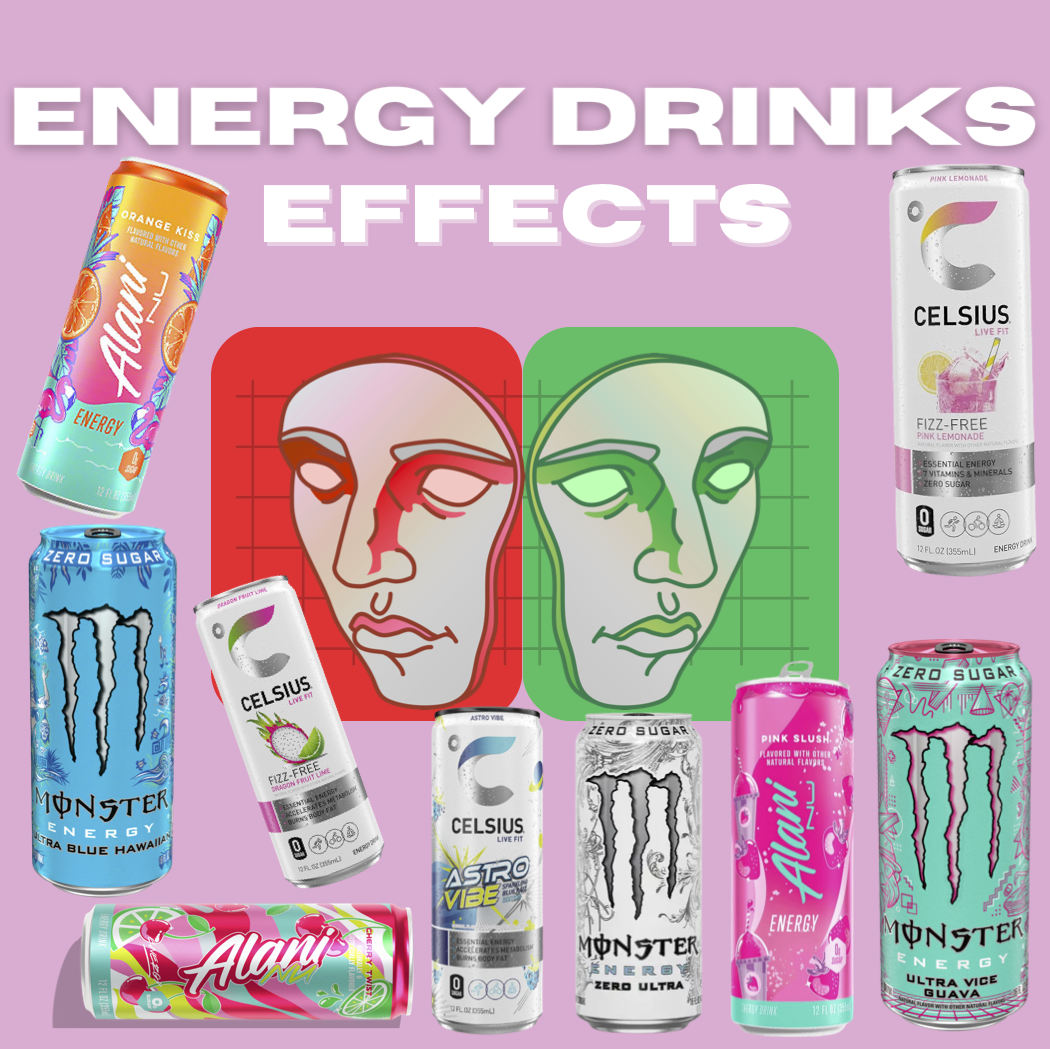As the bell rings between classes, among backpacks and late homework, students are holding their cans of Monster, Celsius, and Alani Nu. These colorful cans, which are well known, may not look like a fashion accessory, but they may be fueling late-night study sessions, but also hidden jitters and sleepless nights.
“I love to drink Celsius before or even after practice, but my friends have warned me that I sometimes drink them way too often and how I may develop health diseases,” sophomore Emely Reyes said.
Reyes’s concern is echoed by others. “I see a lot of students at school, and my friends drink it, but I’m opposed to drinking any type of energy drink because it’s literally all caffeine and sugar, which is really bad for you,” sophomore Nathalia Cesario said.
Even though the side effects are known, the appeal of these colorful cans with flashy text and flavors still remains strong. “I know they cause heart diseases and other issues, but I don’t think students care about it since they just like the flavor or how it energizes them,” Cesario said.
For most students, the side effects of drinking energy drinks don’t scare them enough to stop. “I love drinking energy drinks, especially Celsius and Monsters,” senior Lucas Nunez said. The taste of the energy drinks well outweighs the risks of having them for Nunez. “I’m aware of the issues caused by people mentioning them a lot, but I think as long as I don’t drink so many at once, I’ll be fine.”
So what’s the problem? Health experts disagree. According to the CDC, about 30% of U.S. teens regularly consume energy drinks, even though organizations like the American Academy of Pediatrics say they have no safe place in a young person’s diet. High caffeine levels can lead to increased heart rate, anxiety, and sleep problems, while long-term use has been linked to cardiovascular concerns.
For now, the cans keep popping in school hallways. Whether seen as an aid for an all-nighter study session or just a quick pick-me-up, energy drinks are part of student life. But as awareness grows, the question remains: are the benefits worth the flavor?




